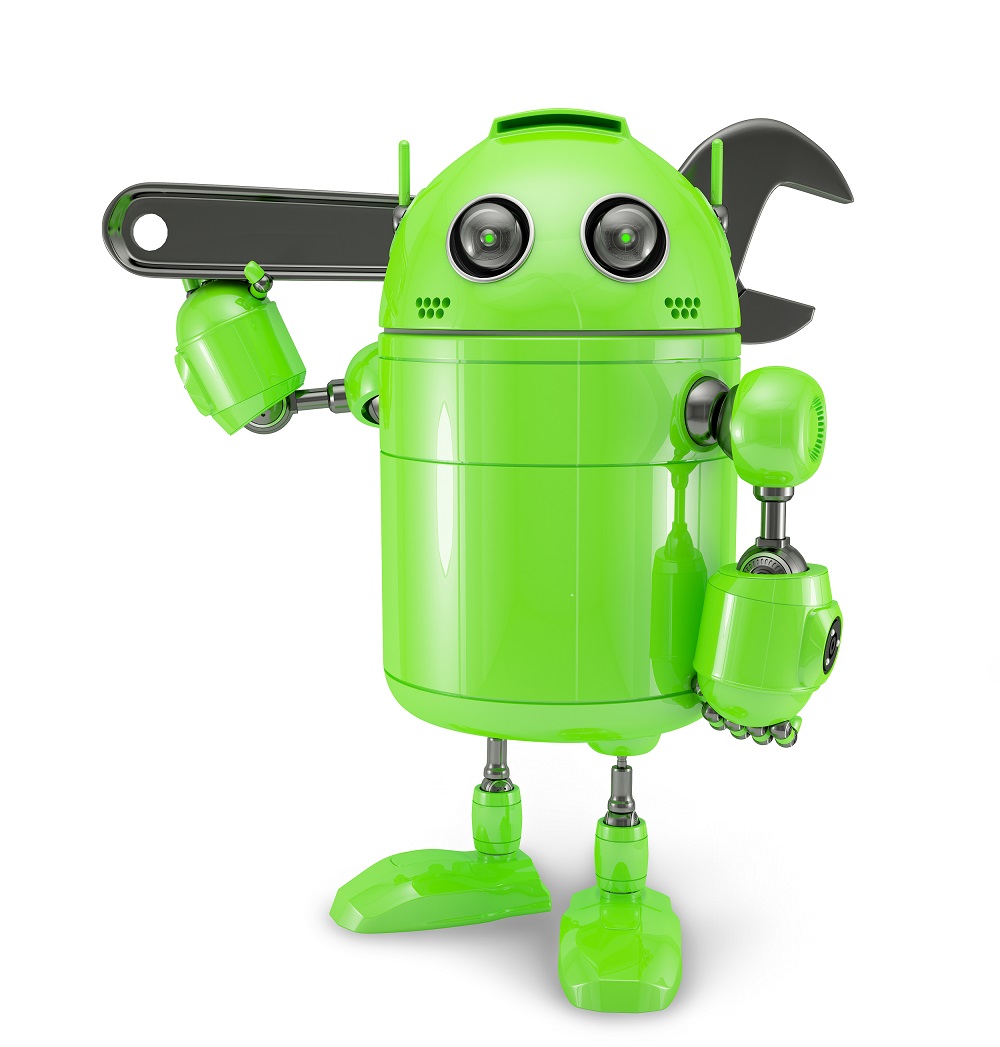Many battle lines have been drawn in the fight between the two most ubiquitous smartphones on the planet: the iPhone and the Samsung Galaxy lines. However, war has always been a messy business, which means that some of the battle lines may not make sense in the broader context. In the fight for smartphone supremacy, one battle line that should be re-evaluated is the one between open-source and non-open-source operating systems.
Android App Developers Need More than Open-Source Coding Skills
Android is by far the most widely used smartphone operating system on the planet, thanks in large part to the fact that it is built on Linux, which many views as the best open-source operating software in the history of computing. However, not everything that a Samsung Galaxy or any other Android device runs is open-sourced. For example, Google’s answer to the iPhone’s Siri, Google OK, was built on a closed operating system. Android app developers must know how to create killer apps for both open-sourced and non-open-sourced systems.

The Numbers Paint a Bountiful Picture
The good news for Android app developers is that Samsung sells more smartphones than everyone else. Last year, the South Korean tech giant earned nearly 22 percent of the global market share, while Apple held just over 15 percent, according to Fortune magazine.
The fact that Samsung sold 315 million phones and tablets last year means that there is plenty of demand for new Android apps. Android app developers from UK need to be able to create apps using both closed and open systems to fully take advantage of Samsung’s popularity.
Android Open Source Project vs. Google Android
Now, you may be wondering how an operating system can be both open and closed at the same time. Well, it can’t. The reason there are closed-source Android apps such as the aforementioned Google OK is that there are two main players in the Android app market: the original Android Open Source Project (AOSP) and the newer Google Android. As you probably figured out, the latter is owned and run by the good folks located in Mountain View, California.
Closed-Source Google Android Apps
In addition to all of the standard Google Android apps from Gmail to Google Calendar and Google Docs, there are many other extremely popular Google Android apps that most people realize are closed-source. Just a few of these include the calculator, Blogger, camera, and YouTube. Clearly, there is a market for closed apps that Android app developers need to tap into.
Open-Source and Close-Source Android Apps Are Safer than Ever
The benefits of open-source operating systems are many. They are flexible, free, fast and supported worldwide. However, there has long been a huge negative to open-source Android apps: they weren’t considered safe.

No matter how carefully Android app developers built their apps, end users often invited malicious software onto their devices by downloading apps from outside of Google’s Play Store. Google’s head of security, David Kleidermacher, says that Android is now just as safe, if not safer, than its competitors: “Android security made a significant leap forward in 2017 and many of our protections now lead the industry.”
The bottom line is that when an Android app developer is ready to create an android app, he or she can go with open-source or closed-source. Both have their place on Android phones and both have their place in the toolbox of the modern Android app developer.
This post is contributed by Michael Kordvani.